On a Deep Dive in a Custom-Built Submarine, a New Species of Scorpionfish Is Discovered
A Smithsonian scientist dives deep to a coral reef and finds much to discover
/https://tf-cmsv2-smithsonianmag-media.s3.amazonaws.com/filer/2c/6e/2c6e81de-6403-4347-89c3-dfd9b23169e4/120362web.jpg)
A new species of fish has been discovered by a group of scientists in the Caribbean and there are probably a lot more where that came from.
The fish is a type of scorpionfish which has been named Scorpaenodes barrybrowni in honor of Barry Brown, the photographer who helped to document this and many other specimens brought to the surface by a manned submersible through the Deep Reef Observation Project (DROP).
At first, nobody realized that a new species had been collected. DROP gathers specimens of many different species of fish and invertebrates from very deep water in the Caribbean using a sub that can hold five people. It isn't possible to have enough specialists on hand who can recognize every possible creature that they encounter.
“It took a few months because when we see things from the sub, rarely is it one of those eureka moments,” says Carole Baldwin, curator of fishes at Smithsonian's National Museum of Natural History and co-author of the paper describing the new species. “Scorpionfish all look a lot alike.”
Scorpionfish of the Scorpaenodes family are a group of 30 species that tend to have sharp defensive spines capable of injecting venom. Some of their better-known relatives include the lionfishes and the stonefish.
DROP became possible when Adriaan “Dutch” Schrier, a local businessman from the island of Curaçao, reached his 60th birthday. A serious deep-water SCUBA diver, Schrier decided that his body couldn't continue to handle dives down to 250 feet. In search of a safer way to go deep, he had a five-person submersible custom-built for about $2 million to go as deep as a thousand feet.
Once he had access to deeper water than ever before, Schrier saw species of fish that he didn't recognize from a lifetime of shallower dives. So he invited scientists to start coming with him.
“He said if you can get down here, I'll put you in the sub and feed you a bad hamburger,” says Baldwin.
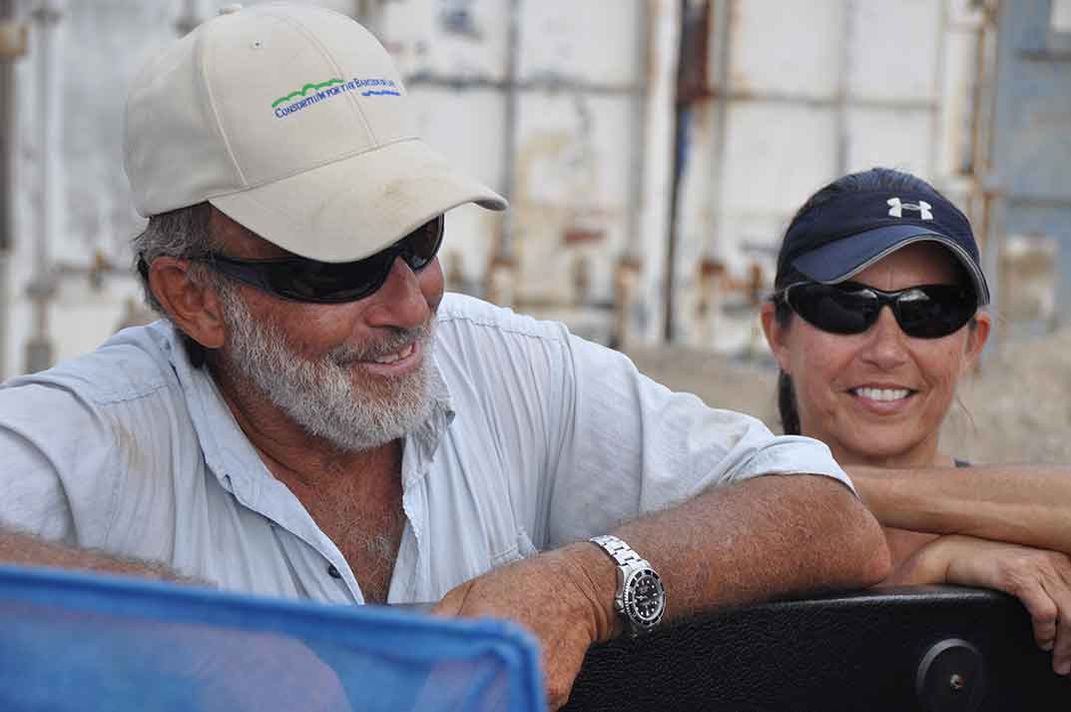
The opportunity to do deep-water research on coral reefs is rare. Few scientists have access to a five-person deep-water submarine.
Most of the work off the coast of Curaçao has been within a single area representing only about a tenth of a square mile. Within that small area “we have over 50 new species of fish and invertebrates,” says Baldwin. “And even in that little plot of water, that is just scratching the surface. I'm going to say there are probably hundreds of new species at that depth in the Caribbean that we don't know anything about.”
/https://tf-cmsv2-smithsonianmag-media.s3.amazonaws.com/filer/6b/47/6b4799a6-3bb6-4463-9465-20552d602e92/baldwincurasubweb.jpg)
Five different specimens of the new scorpionfish were collected from two different locations. The fish is probably not extremely rare, but appears to be less common than other scorpionfish that live at the same depth.
The appearance of the fish changed dramatically before and after being preserved for storage in Smithsonian's collection. Many species of fish change color very quickly after being removed from the water. This makes good, rapid photography extremely important for documenting specimens retrieved through DROP. Freelance photographer Barry Brown became an important part of DROP's team.
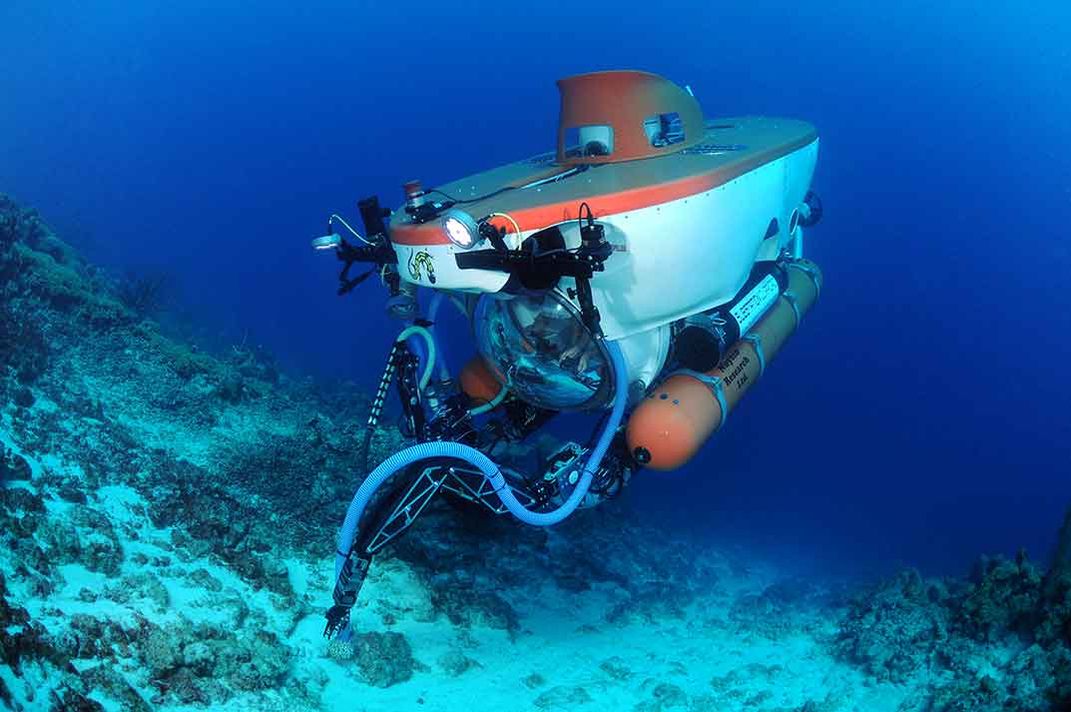
“When we come up with the sub and we've got critters in our collection bucket, if anything is alive then Barry will race it over to an aquarium where he has a photographic set up,” says Baldwin. “And he'll put the live animal in there and start working. He has contributed a ton of information and beautiful photographs to science. He is such a perfectionist, he will sit with one fish for hours at a time.”
DROP is also conducting long-term sampling using autonomous reef monitoring structures, which are similar in concept to the biocubes pioneered by another photographer and Smithsonian scientist.
“These are like bio cubes,” says Baldwin. “It's a cubic foot made of PVC. They're like little reef condominiums. They are being used as a way of providing a standard way of measuring reef biodiversity ... We leave these out for a couple of years. And then you go down with a milk crate lined with fine mesh and you snap it on there, bring it up to the surface and measure everything that is on there. There's fish and shrimp and crabs and big things. And we take the unit apart and do DNA analysis.”
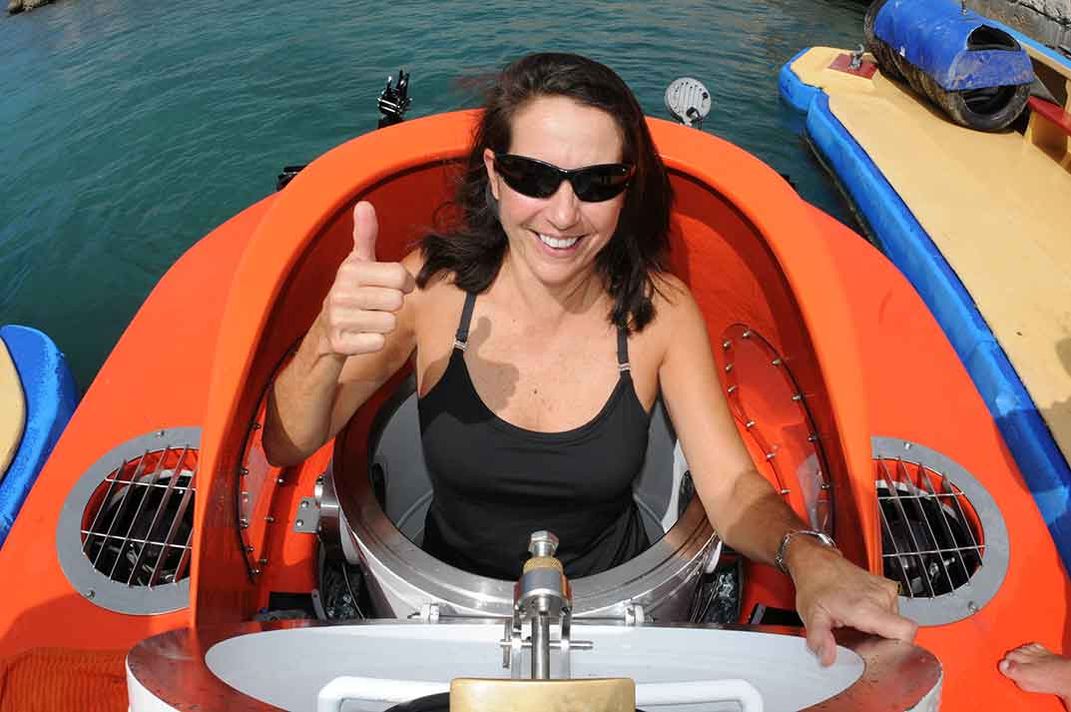
Smithsonian's biocube concept may be coming to classrooms in Curaçao through DROP.
“We have been talking to local educators in Curaçao about using the biocubes to start doing some marine education down there,” says Baldwin.
Many more discoveries from DROP are still waiting to be announced.
“That scorpion fish is the 10th new species [of fish] we've described,” says Baldwin. “And we're sitting on more, in fact I have two right here.”
/https://tf-cmsv2-smithsonianmag-media.s3.amazonaws.com/accounts/headshot/JacksonLanders.jpg)
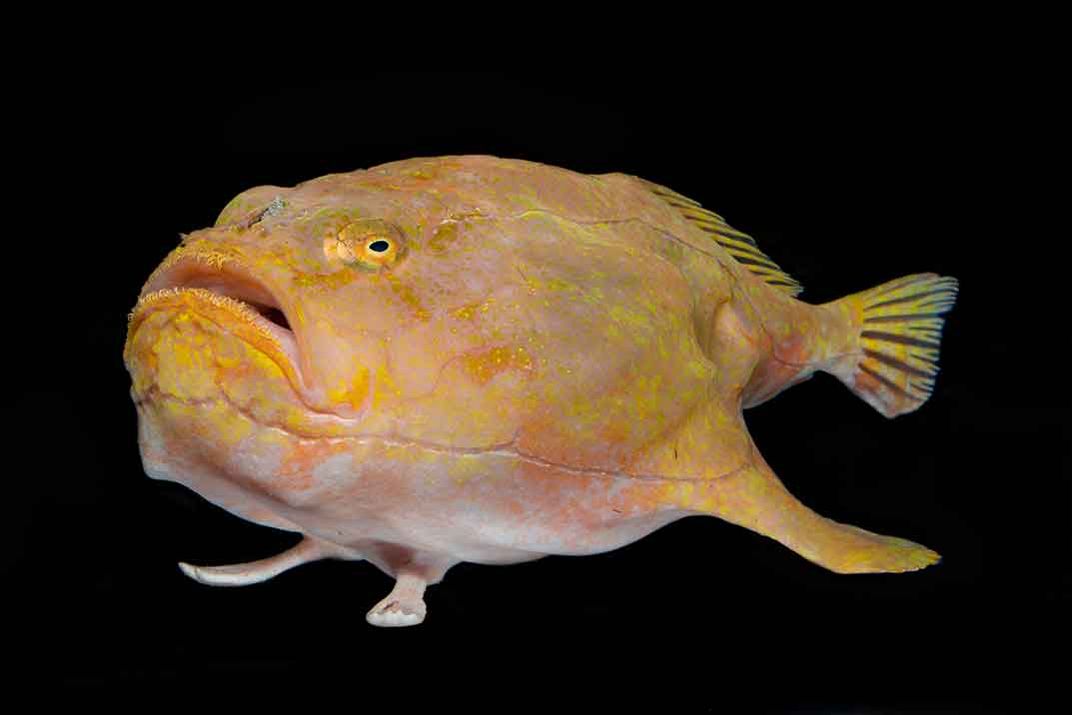
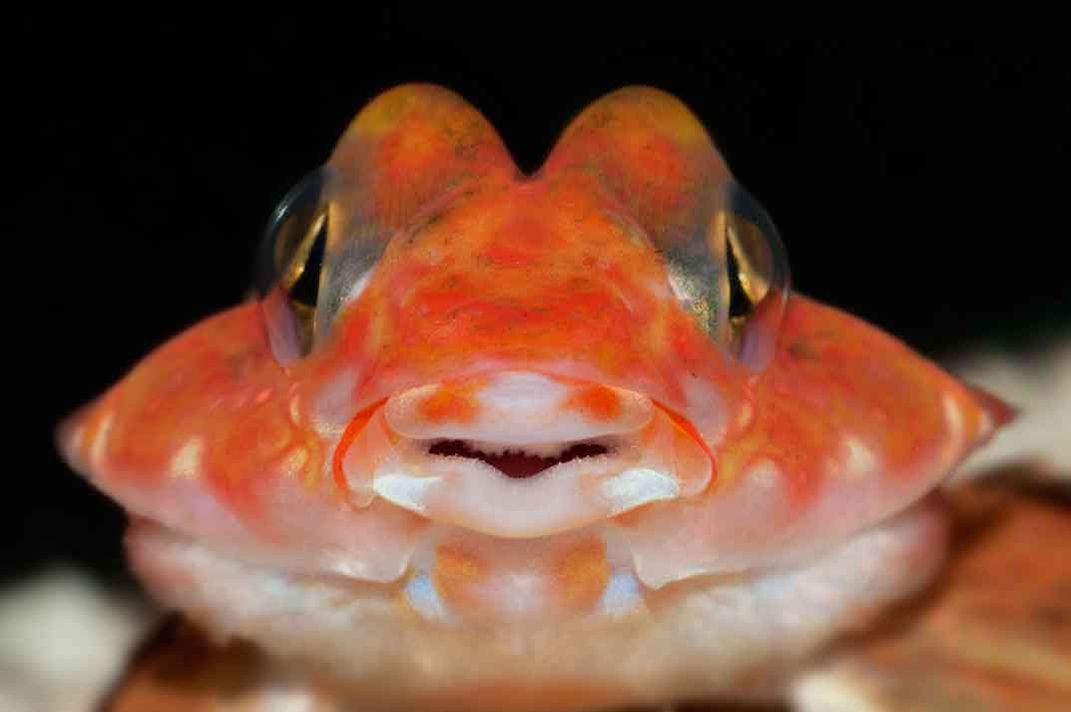
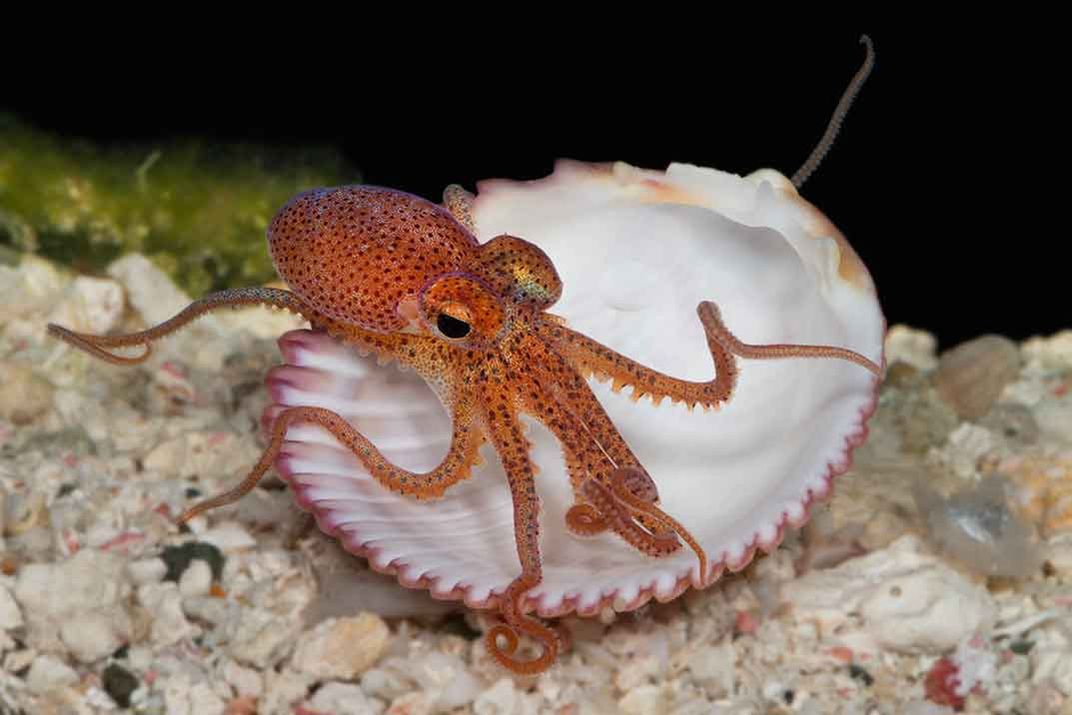
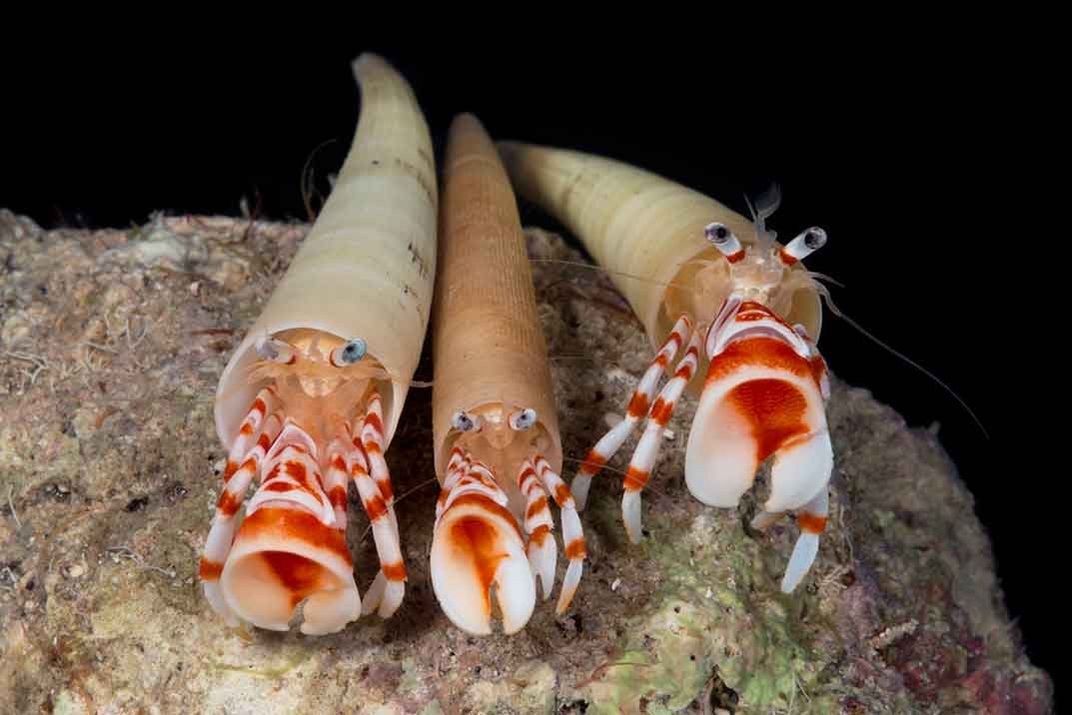
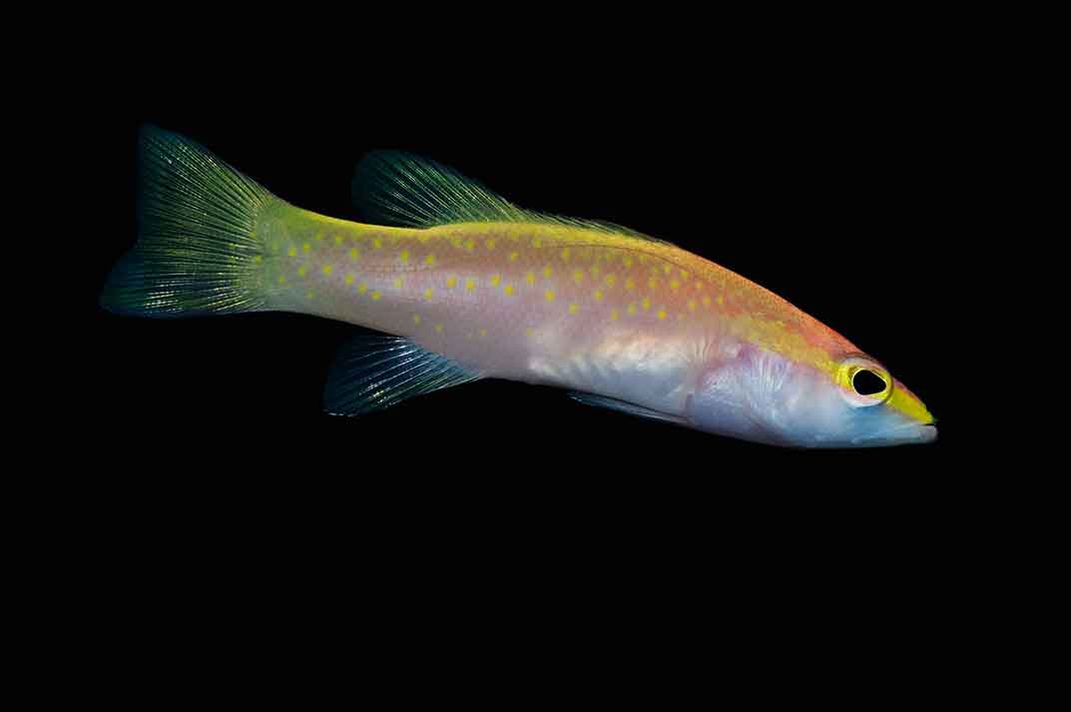
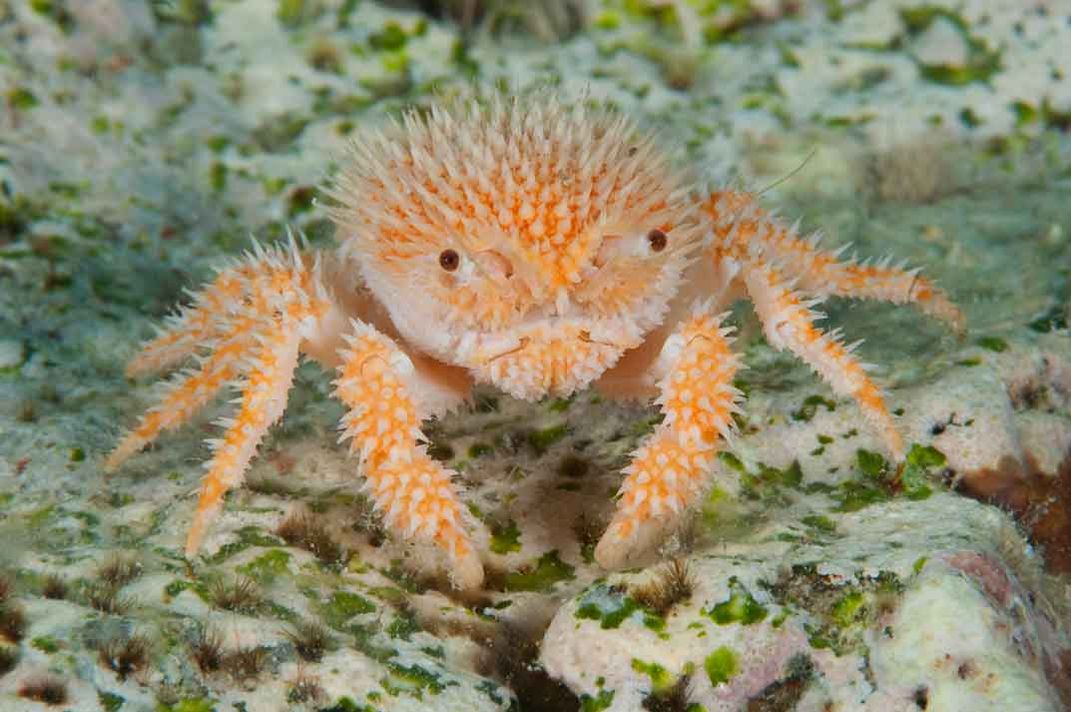
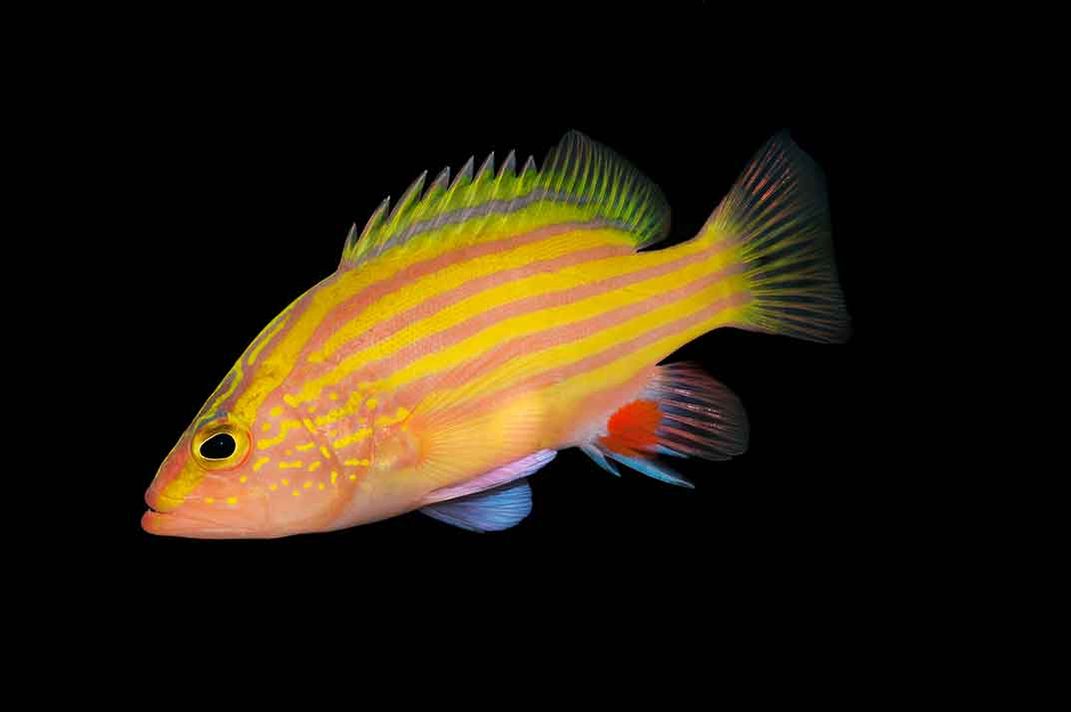
/https://tf-cmsv2-smithsonianmag-media.s3.amazonaws.com/accounts/headshot/JacksonLanders.jpg)